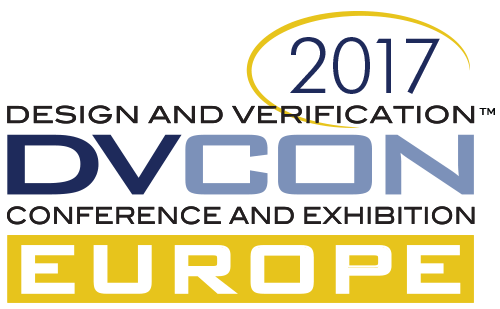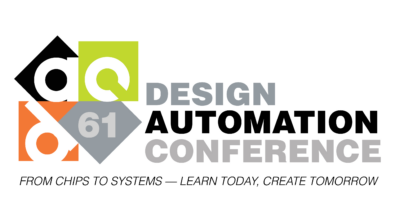DVCon Europe 2017 Trip Report
When I think of DVCon, I think of the premiere industry-focused conference on functional verification. Today, DVCon has expanded globally (beyond Silicon Valley) to serve the needs of Europe, India, China and Japan, with each location having its own engineering regional focus. I’ve had the honor of serving on both the DVCon USA and Europe Technical Program Committees since the beginning of both conferences. And like a fine wine, each gets better with age.

On September 16-17, the fourth installment of DVCon Europe took place in the beautiful city of Munich. And the regional focus for DVCon Europe 2017 continued the theme of analog-mixed signal, IoT, and automotive. This year’s DVCon Europe was packed with two keynotes, two panel, sixteen tutorials, twenty-four technical papers, and a special session focused on 5G, the next generation of cellular communication. All the sessions that I attended were packed with audiences engaged in the discussions.
The conference kicked off on Monday with a keynote titled “Consumer MEMS Products: Quality Rather than Commodity” by Dr. Horst Symanzik, Director of Engineering Integrated Circuits for Bosch. This talk fit nicely into the analog-mixed signal, IoT, and automotive focused themes of DVCon Europe. I am not an expert in MEM design and verification. Yet, Dr. Symanzik gave an excellent overview of MEM technologies and some of the challenges facing current and future MEMS products. If the subject of MEM technology interests you, I encourage you to monitor the DVCon Europe history web-page, where the slides for this keynote will be released soon.
The rest of Monday was filled with 16 tutorials. Of particular interest was the tutorial organized by our own Tom Fitzpatrick and Accellera, titled “An Introduction to the Accellera Portable Stimulus Standard.” An excellent set of presenters participated in this tutorial, which included:
· Tom Fitzpatrick – Mentor, A Siemens Business
· Sharon Rosenberg – Cadence Design Systems, Inc.
· David Kelf – Breker Verification Systems, Inc.
· Piyush Sukhija – Synopsys, Inc.
· Karthick Gururaj – Vayavya Labs Pvt., Ltd.
What was particularly interesting to me about this tutorial is that the presentations moved beyond the hype of the benefits of portable stimulus to actual examples and source code. The tutorial took a building-block approach, starting with simple models and showing how these can be expanded and combined for more complex designs and more sophisticated verification scenarios. The ultimate goal was to learn how to generate use cases that reflect how the chip will be used in real applications.
The second day was opened with a keynote titled “Driving Virtual Prototyping of Automotive Electronics” by Mr. Berthold Hellenthal who runs the Progressive Semiconductor Program (PSCP) at the Audi Competence center for Electronics and Semiconductors and is responsible for the company’s semiconductor strategy. This was an intriguing talk that identified a major challenge in the automotive development cycle. That is, Mr. Hellenthal pointed out that the typical 36 month to 48 month development cycles of automotive electronics is too long compared to the development cycle of semiconductor devices. This is due to different system-level, value chain, and development processes. To keep up with the development speed of consumer electronics and to meet customer expectations, the development cycle for automotive electronics must be shortened. Mr. Hellenthal claimed that enabling virtual prototyping from the device level into automotive applications and systems has become an important step to accelerate time-to-market.
The rest of Tuesday was packed with 24 technical presentations and a special session on 5G communication.
To learn more about DVCon Euopre 2017, I encourage you to follow the DVCon Europe history web-page to access all the papers and keynote presentations.

